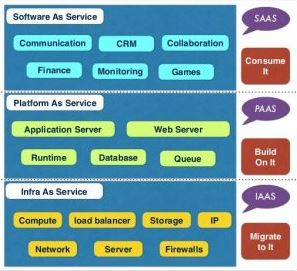Decentralization is at the core of modern web services. We need a framework which acknowledges and leverages it. This framework will provide a common base in the form of design patterns, architectural principles, code libraries, REST APIs, documentation. This is a journey to undertake by collecting and communicating the necessary information. What does all this have to do with buildings? Well, quite a lot in my opinion.
My ideas about this came about during my engineering school years and from my humanistic upbringing during junior and high school. In all those years, a common thread has been my admiration for things that, not only serve the purpose for which they are built but also for their simplicity in design and elegance. You can relate this to the artists and engineers of the Renaissance, such as Leonardo and Michelangelo, who traced their work philosophies back to the traditions of the ancient Romans and Greeks.

As I progressed in my training and, later during my work years as an engineer and a writer, I concluded that if I wanted my “artifacts” to serve their purpose and to be simple and elegant by design, I better follow the masters, albeit in a humble manner. Any artifact I was going to build, no matter how simple or how complex, had to be thought out and carefully crafted. This had to start with the creation of a blueprint. You can equate this to the blueprint of a building.

The blueprint does not represent the organization of the crews building the structure; it represents the architecture of the building. While the crews’ organization can change, the blueprint is much more resilient, any modifications made to it are not related to personnel or organizational changes.
In software, you can have a similar blueprint that highlights the architectural components of the system being created. To further the idea of the building metaphor, you can start from the foundation which might, for example, refer to compute, storage, network, all the way up to the last floor which might represent an application layer. The plumbing, the electrical, phone and Internet cabling, the heating and the fire alarm systems can all be equated to APIs and interfaces that execute functions necessary for software and building to operate. The following is a simplified view of a cloud-based blueprint:

